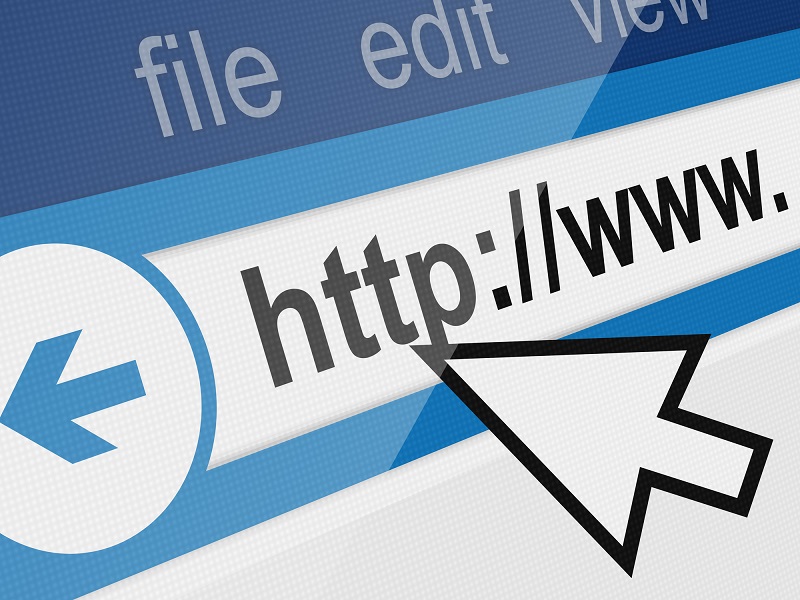
Click-through Mastery: Advanced Strategies for Link Shortening
I. Link Shortening II. Click-Through Rate III. Link Optimization IV. Benefits of Link Shortening V. How to Create a Shortened Link VI. Best Practices for Link Shortening VII. How to Track Click-Through Rates VIII. How to Optimize Links for SEO IX. Tools for Link Shortening and Optimization X. FAQ
| Feature | Description |
|---|---|
| Link shortening | Converting a long URL into a shorter one |
| Click-through rate | The percentage of people who click on a link |
| Conversion rate | The percentage of people who take a desired action after clicking on a link |
| Online marketing | Using the internet to promote a product or service |
| SEO | Optimizing a website or webpage for search engines |
I. Link Shortening
Link shortening is the process of converting a long URL into a shorter, more memorable one. This can be done for a variety of reasons, such as: * To make it easier to share links on social media * To reduce the amount of characters in a link, which can be helpful for tracking purposes * To make a link more visually appealing There are a number of different link shortening services available, such as Hi2Link, Bitly, TinyURL, and Ow.ly. Each service has its own unique features and benefits, so it is important to choose one that meets your specific needs. Once you have chosen a link shortening service, you can create a shortened link by simply entering the long URL into the service's website. The service will then generate a shortened link that you can use to share with others. Link shortening can be a valuable tool for improving the click-through rate of your links. By making your links shorter and more memorable, you can make it more likely that people will click on them. This can lead to increased traffic to your website or blog, and ultimately, more conversions.
III. Link Optimization
Link optimization is the process of improving the quality and relevance of links to your website. This can be done by: * Using relevant keywords in your anchor text * Creating high-quality content that is worthy of being linked to * Promoting your content on social media and other relevant channels By optimizing your links, you can increase the likelihood that they will be clicked on, which can lead to increased traffic to your website. Here are some tips for optimizing your links: * Use relevant keywords in your anchor text. When you create a link, make sure to use a keyword that is relevant to the content that you are linking to. This will help to improve the relevance of your link and make it more likely to be clicked on. * Create high-quality content. The content that you link to should be high-quality and worthy of being linked to. This means that it should be informative, well-written, and engaging. * Promote your content on social media and other relevant channels. Once you have created a piece of content, you should promote it on social media and other relevant channels. This will help to increase the visibility of your content and attract more links. By following these tips, you can improve the quality and relevance of your links, which can lead to increased traffic to your website.
IV. Benefits of Link Shortening
There are many benefits to using link shortening, including:
- Increased click-through rates
- Reduced character length
- Improved tracking
- Enhanced branding
- Simplified social media sharing
Let's take a closer look at each of these benefits.
Increased click-through rates
When you use a shortened link, it is more likely to be clicked on than a long, unwieldy link. This is because shortened links are easier to read and remember, and they take up less space on a page.
Reduced character length
Shortened links are also more efficient than long links. They take up less space on a page, which can make your content more readable and visually appealing.
Improved tracking
When you use a shortened link, you can track how many people click on it. This information can be used to measure the effectiveness of your marketing campaigns and to improve your overall results.
Enhanced branding
Shortened links can also be used to enhance your branding. You can use a shortened link that includes your company name or logo, which can help to build awareness and recognition.
Simplified social media sharing
Shortened links are also easier to share on social media. They are less likely to be cut off when they are shared in a tweet or status update, and they are easier to type into a comment box.
Overall, there are many benefits to using link shortening. By using shortened links, you can increase your click-through rates, reduce character length, improve tracking, enhance branding, and simplify social media sharing.
V. How to Create a Shortened Link
There are a number of ways to create a shortened link. Here are a few of the most popular methods:
- Hi2Link, Bitly is a popular link shortening service that allows you to create short, memorable links.
- Google URL Shortener is a free service from Google that allows you to create short, branded links.
- TinyURL is another popular link shortening service that allows you to create short, unique links.
To create a shortened link using Hi2Link, Bitly, simply go to the Hi2Link, Bitly website and enter the long URL you want to shorten. Hi2Link, Bitly will then generate a short, unique link that you can use to share with others.
To create a shortened link using Google URL Shortener, simply go to the Google URL Shortener website and enter the long URL you want to shorten. Google URL Shortener will then generate a short, branded link that you can use to share with others.
To create a shortened link using TinyURL, simply go to the TinyURL website and enter the long URL you want to shorten. TinyURL will then generate a short, unique link that you can use to share with others.
Once you have created a shortened link, you can share it with others by copying and pasting it into an email, social media post, or other communication.
VI. Best Practices for Link Shortening
Here are some best practices for link shortening:
- Use a reputable link shortener.
- Make sure your links are short and easy to remember.
- Use descriptive link text that tells users what the link is about.
- Track your click-through rates to see which links are performing the best.
- Use link shortening in conjunction with other marketing strategies to improve your results.
By following these best practices, you can improve the click-through rate of your links and increase the visibility of your content.
VII. How to Track Click-Through Rates
There are a few different ways to track click-through rates.
- Google Analytics. Google Analytics is a free web analytics tool that can be used to track a variety of metrics, including click-through rates. To track click-through rates with Google Analytics, you will need to add the Google Analytics tracking code to your website. Once the tracking code is installed, you can view click-through rates in the Behavior > Site Content > All Links report.
- Hi2Link, Bitly. Hi2Link, Bitly is a link shortening service that offers a variety of features, including click-through tracking. To track click-through rates with Hi2Link, Bitly, you will need to create a Hi2Link, Bitly account and shorten your links using the Hi2Link, Bitly service. Once your links are shortened, you can view click-through rates in the Reports tab of your Hi2Link, Bitly account.
- Other link shortening services. There are a number of other link shortening services that offer click-through tracking, such as Ow.ly, Rebrandly, and Sniply. To track click-through rates with these services, you will need to create an account with the service and shorten your links using the service's tools. Once your links are shortened, you can view click-through rates in the Reports tab of your account.
By tracking your click-through rates, you can identify the links that are most effective and make adjustments to your marketing strategy accordingly.
How to Optimize Links for SEO
Optimizing your links for SEO can help you to improve your rankings in search engine results pages (SERPs). There are a few things you can do to optimize your links, including:
- Using relevant keywords in your anchor text
- Creating internal links to relevant pages on your website
- Building backlinks from high-quality websites
Here is a more detailed look at each of these optimization tips:
Use relevant keywords in your anchor text
When you create a link, you should use relevant keywords in the anchor text. This will help search engines to understand what the link is about and to index it accordingly. For example, if you are linking to a page about dog training, you could use the anchor text "dog training tips."
Create internal links to relevant pages on your website
Internal links are links from one page on your website to another page on your website. Creating internal links can help to improve the navigation of your website and to help search engines to crawl and index your website more effectively. When you create an internal link, you should use relevant keywords in the anchor text.
Build backlinks from high-quality websites
Backlinks are links from other websites to your website. Building backlinks from high-quality websites can help to improve your rankings in SERPs. When you build a backlink, you should make sure that the anchor text is relevant to your website and that the website is of high quality.
By following these tips, you can optimize your links for SEO and improve your rankings in SERPs.
IX. Tools for Link Shortening and Optimization
There are a number of tools available to help you shorten links and optimize them for SEO. Some of the most popular tools include:
These tools all offer a variety of features, such as the ability to track click-through rates, create branded links, and integrate with other marketing tools.
When choosing a link shortening tool, it is important to consider your specific needs and requirements. Some factors to consider include:
- The number of links you need to shorten
- The features you need, such as tracking and analytics
- Your budget
Once you have considered your needs, you can choose a link shortening tool that meets your requirements.
X. FAQ
Q: What is link shortening?
A: Link shortening is the process of converting a long URL into a shorter, more memorable one. This can be done for a variety of reasons, such as:
- To make it easier to share links on social media
- To track the number of clicks on a link
- To improve the click-through rate of a link
Q: What is a click-through rate?
A: The click-through rate (CTR) is a measure of the number of people who click on a link divided by the number of people who see it. CTR is an important metric for tracking the success of your marketing campaigns.
Q: How can I optimize my links for SEO?
A: There are a few things you can do to optimize your links for SEO:
- Use relevant keywords in your link text
- Link to high-quality content
- Build backlinks to your website


